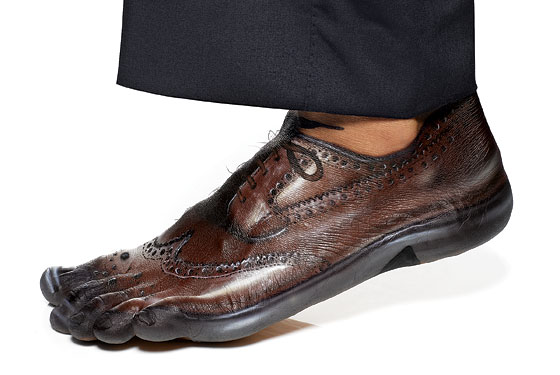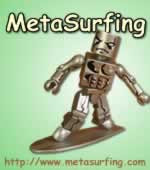
Thinking of throwing out your old cell phone? Think again. Maybe you should mine it first for gold, silver, copper and a host of other metals embedded in the electronics -- many of which are enjoying near-record prices.
It's called "urban mining", scavenging through the scrap metal in old electronic products in search of such gems as iridium and gold, and it is a growth industry around the world as metal prices skyrocket.
The materials recovered are reused in new electronics parts and the gold and other precious metals are melted down and sold as ingots to jewellers and investors as well as back to manufacturers who use gold in the circuit boards of mobile phones because gold conducts electricity even better than copper.
A tonne of ore from a gold mine produces just 5 grams (0.18 ounce) of gold on average, whereas a tonne of discarded mobile phones can yield 150 grams (5.3 ounce) or more, according to a study by Yokohama Metal Co Ltd, another recycling firm.
More.












